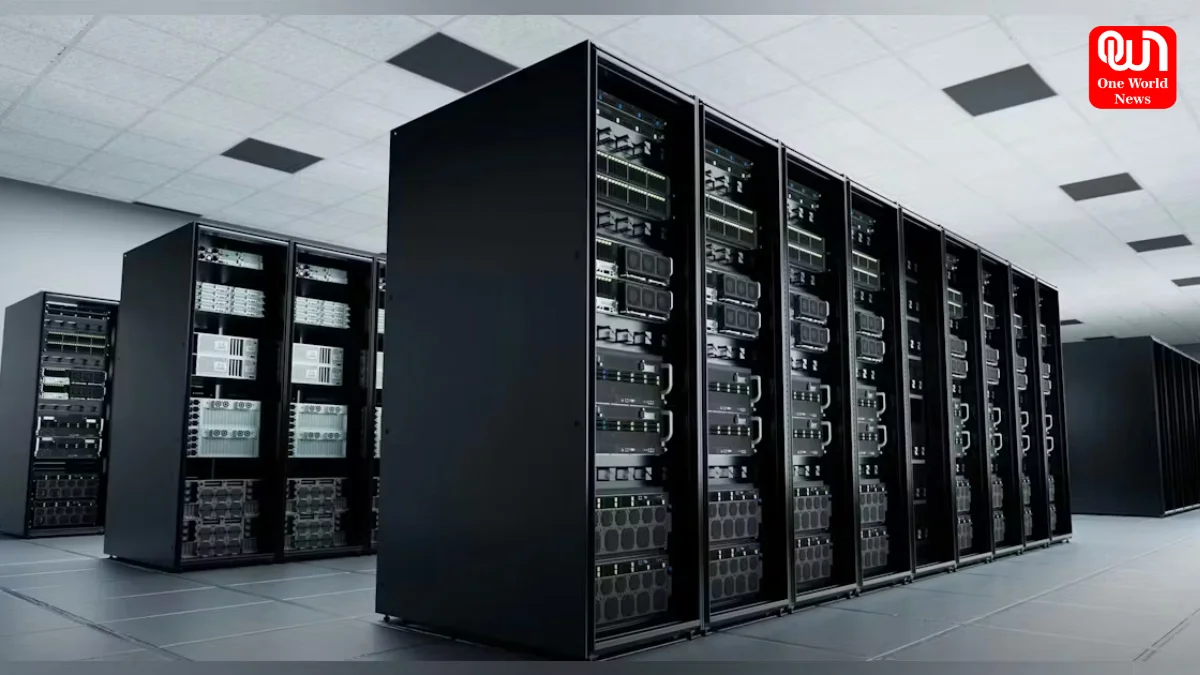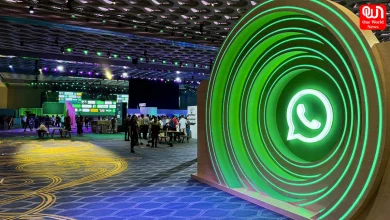Cutting Data Center Energy: New Chip Cooling Systems Emerge
In the field, rapid innovation is occurring because of the great economic and environmental incentives.
New Chip Cooling Systems May Cut Data Center Energy Use 40%
The increase in energy consumption worldwide has been attributed to the unbounded growth in data centers propelled by the incessant demand for cloud computing, artificial intelligence, and digital services. These enormous buildings, host to thousands of computer servers working round the clock, need power not only for working but, more importantly, for dissipating heat generated by the processors: to cool themselves. The industry estimates consumptions of energy for this purpose can exceed 40%, a substantial operational cost and environmental burden on data centers.
Realizing the urgency of the challenge, many researchers and technologists are working to develop novel chip-cooling systems with the extraordinary intent of lowering data center energy consumption by 40% or more. This new type of cooling eliminates the existing air-cooling options, the effectiveness of which is being diminished by mounting chip densities and processing power.
Liquid cooling has one such avenue. Unlike air, liquids have much greater thermal conductivities which help them to absorb and dissipate heat. There are several methods of liquid cooling under investigation. In direct-to-chip liquid cooling, a coolant, most often water or specially formulated dielectric fluid, is pumped through a cold plate that is directly mated to the processor. It effectively draws the heat from the chip and transfers it to a separate heat exchanger.
A more radical option requires immersing entire servers or racks of server systems into a dielectric fluid. This fluid directly contacts all heat-generating components, providing extremely efficient heat transfer. An immersion cooling system can be a single-phase system, in which the liquid stays completely in a liquid state, or a two-phase system, in which the heat of the server causes the liquid to boil away before the vapor condenses back to liquid, further enhancing the heat removal.
Another area in which innovation is underway is in air-cooling. Liquid cooling is advantageous, but improvements in air-cooling are still needed for situations with low power density-the application-dependent cooling method. Some of these enhancements include higher-efficiency fan designs, better airflow management within the data center, and the implementation of advanced materials and geometries for heat sinks.
In addition, solutions are being developed that would combine liquid cooling systems with air systems. For example, direct-to-chip liquid cooling could be used for components requiring high cooling power, such as processors, while air cooling could be used for components that generate less heat.
These new cooling systems offer a wide scope for benefits. A 40% reduction in data center energy consumption would mean substantial savings in operational costs for the operators, along with a significant reduction in the carbon footprint of the digital infrastructure.
Read more: Why Are They Giving Me The Award?’: MS Dhoni Reacts Humbly After POTM Honour in CSK vs LSG Clash
In the field, rapid innovation is occurring because of the great economic and environmental incentives. A progressive deployment of these cooling technologies would be likely within the next few years, with new innovative cooling systems being crucial in making data centers more sustainable and energy-efficient with ever-growing demand for computation.
Like this post?
Register at One World News to never miss out on videos, celeb interviews, and best reads.








